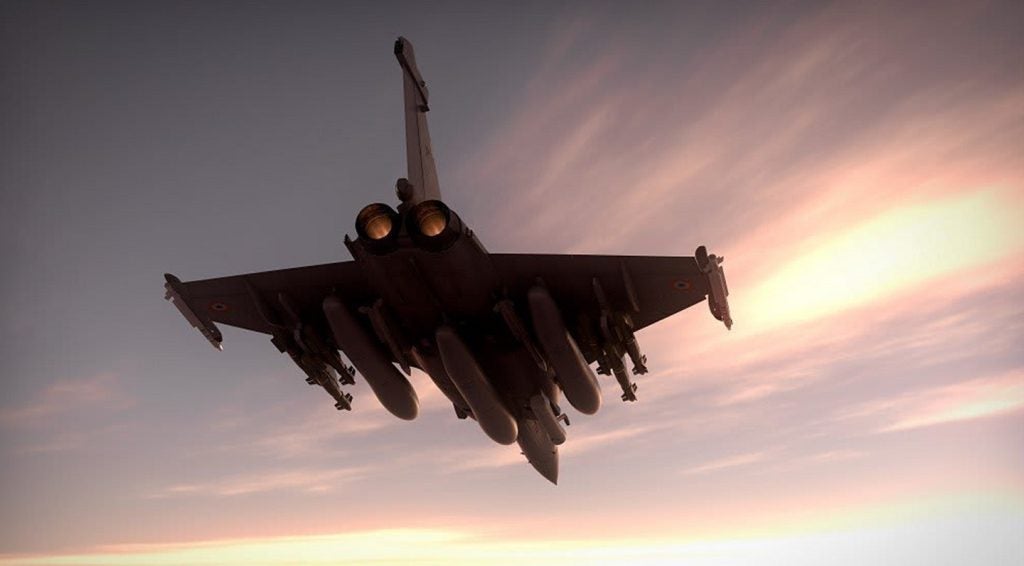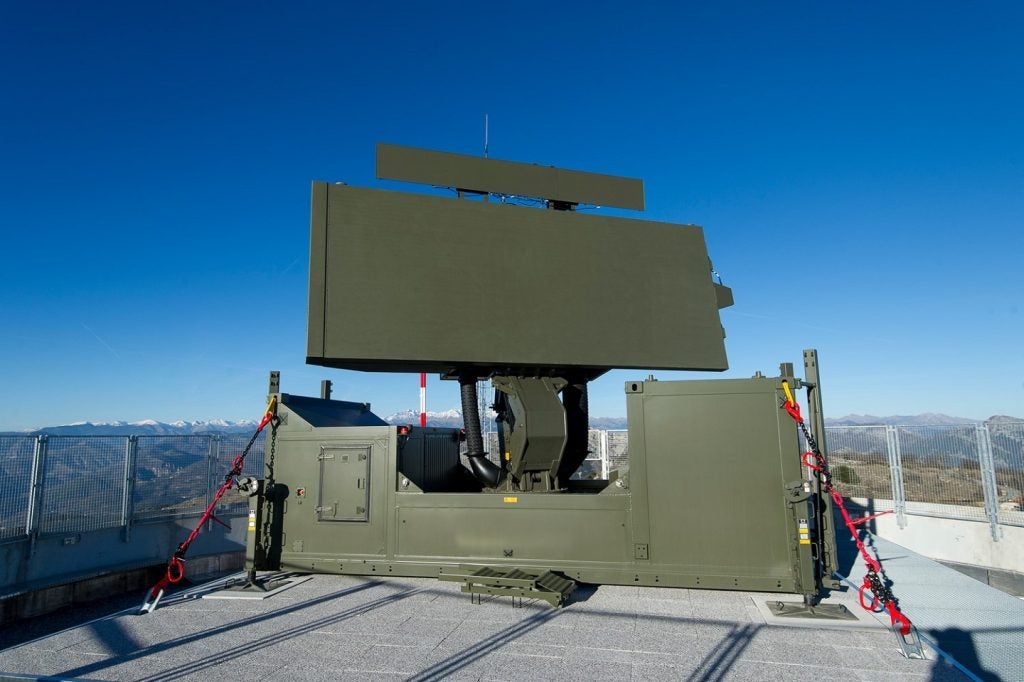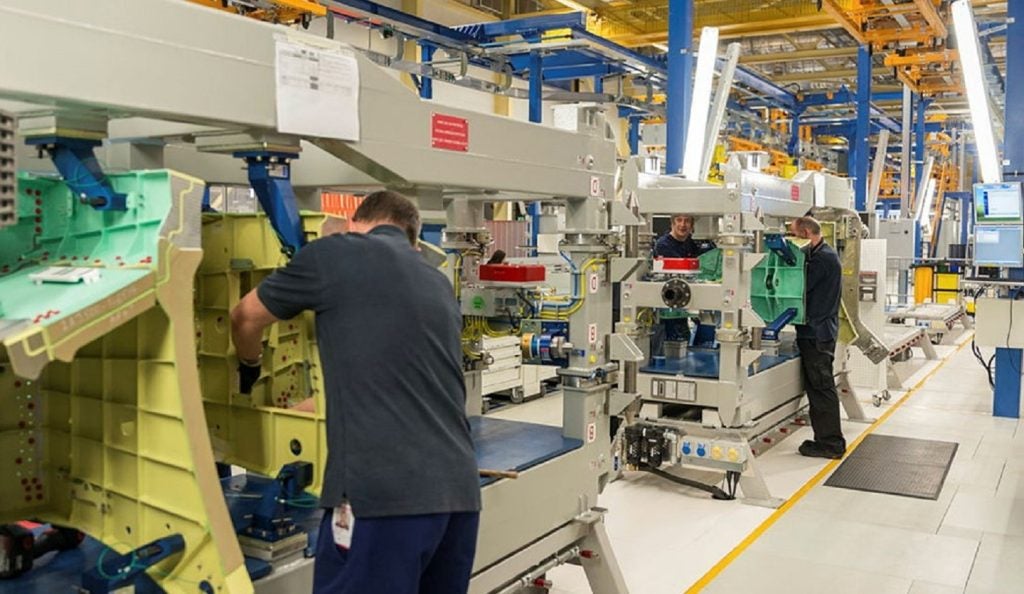
A team led by Lockheed Martin has been awarded a $784m contract to build the Long Range Discrimination Radar (LRDR).
Awarded by the Missile Defense Agency (MDA), the contract will see the team develop, build and test the LRDR, which will support a layered defence strategy to protect the US from ballistic missile attacks.
Work under the nine-year contract will be carried out in New Jersey, Alaska, Alabama, Florida, and New York, US.
Lockheed Martin business vice-president Carl Bannar said: "The US has a limited number of ground-based interceptors to detect threats, yet the number of potential missile threats, and countermeasures used to hide those threats, is growing.
"Our offering meets the MDA’s vision for LRDR by pairing innovative radar discrimination capability with proven ballistic missile defence algorithms."
Forming a key component of MDA’s ballistic missile defense system (BMDS), the LRDR is a high-powered S-Band radar that incorporates solid-state, gallium nitride components.
How well do you really know your competitors?
Access the most comprehensive Company Profiles on the market, powered by GlobalData. Save hours of research. Gain competitive edge.

Thank you!
Your download email will arrive shortly
Not ready to buy yet? Download a free sample
We are confident about the unique quality of our Company Profiles. However, we want you to make the most beneficial decision for your business, so we offer a free sample that you can download by submitting the below form
By GlobalDataThe LRDR will be capable of detecting long-distance threats, and the BMDS will provide acquisition, tracking, and discrimination data to enable separate defence systems to lock on and engage ballistic missile threats.
Bannar added: "Our mature, scalable, GaN-based S-Band technology was ideally suited for this high-performance ballistic missile defence application.
"LRDR represents the latest evolution in ground-based radar and ballistic missile defence."
The radar system will comprise a solid-state, electronically scanned antenna, and the facility to house and operate it.
The system will be ready for operational testing in Clear Air Force Station, Alaska, by 2020.
Members of the Lockeed Martin-led team include deciBel research, Amec Foster Wheeler, ASRC Federal, IERUS Technologies, PENTA Research, and Davidson Technologies.
Image: Artist’s concept of the Lockheed-Martin Radar in Alaska. Photo: courtesy of Lockheed Martin Corporation.






